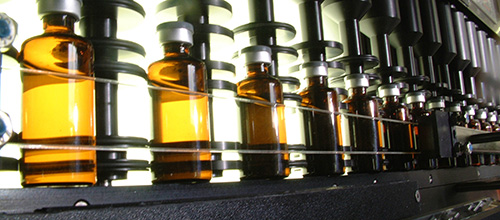Is AQL Testing required within the 100% Visual Inspection?
Recommendation

Thursday, 12 February 2026 9 .00 - 17.00 h
One of the most frequently asked questions is whether an additional AQL testing based on samples is required after the 100% visual inspection of parenterals. The background for that question is the probabilistic nature of visual inspection. It is known that the discovery of defects (like for example particulates) is a matter of detection probability. In other words, visual inspection cannot exclude that defective containers may still be in the batch which hasn't been sorted out. This applies to manual, semi-automatic and also automatic visual inspection.
The American Pharmacopoeia has reacted to that and has integrated AQL testing in the monograph <790> Visible Particulates in Injections. Here, the value 0.65 has been specifically added for particles testing. This also meets the requirement that injectables have to be essentially free of particles - which is not measurable in this form but with an AQL limit of 0.65. Depending on the batch size and using DIN/ISO tables, it can be determined how large the sample to be extracted has to be after the 100% inspection. It is also set in how many of these samples particles can still be found. Depending on the criticality defined priorly, other defects may required other respective AQL limits.
In Europe, there isn't any explicit i.e. written requirement for AQL testing (yet). But it is already a state of the art in science and technology. GMP inspectors are also aware that a 100% inspection is "erroneous", which means that a 100% sorting of defects is not always ensured. The ECA Visual Inspection Interset Group's Best Practice Guide goes along with the same approach, too. Of course, there are other ways thinkable to optimise the quality of visual inspection, like for example a general second 100% inspection of all batches. This is already practised in many companies; however, only for charges destined to the Japanese market.




